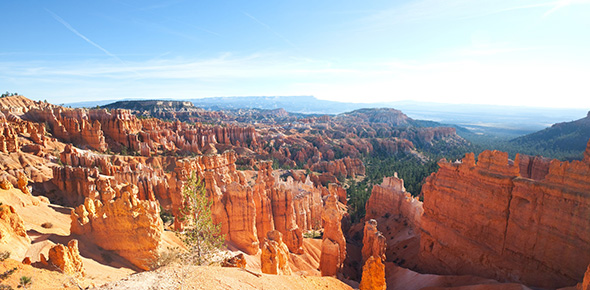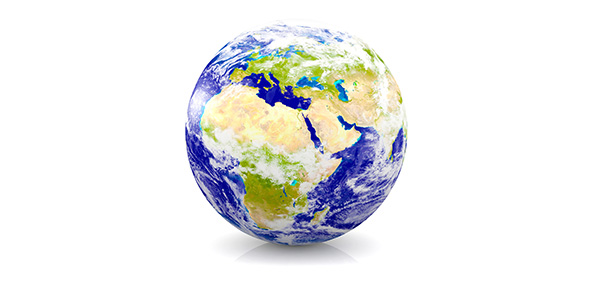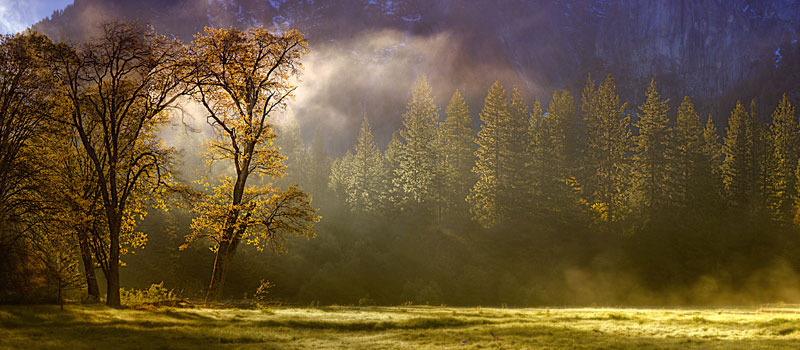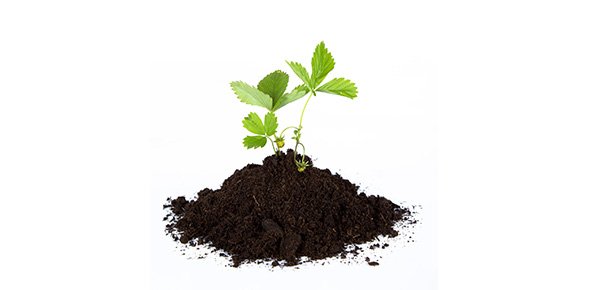Related Flashcards
Related Topics
Cards In This Set
| Front | Back |
|
What is viscosity?
|
Viscosity is resistance to flow.
|
|
How do metamorphic rocks form?
|
Metamorphic rocks form when pre-existing rocks are subjected to heat and/or pressure.
|
|
Describe the eruption of a shield volcano
|
This eruption is relativley quiet due to the fluid nature of the magma. Low viscosity magma does not trap gases that lead to violent explosions.
|
|
What is Pahoehoe lava?
|
Pahoehoe lava is a relatively fluid lava (low viscosity) that is mafic in nature.
|
|
What is mafic magma or lava?
|
Mafic magma or lava has a high magnesium and iron content. This forms oceanic crust. It is low viscosity
|
|
What is felsic magma or lava?
|
Felsic magma or lava has a high feldspar and quartz (silicon dioxide) content. This forms continental crust. It is high viscosity.
|
|
What type of rock does felsic magma form?
|
Felsic magma forms the granitic igneous and metamorphic rock the of continental crust.
|
|
What is a flood basalt?
|
A flood basalt is a very large scale outpouring of mafic lava from fissures in the Earth's crust. It forms layers of basalt.Example:Columbia Plateau
|
|
What is Aa lava?
|
Aa lava is felsic lava generally found at composite volcanoes.
|
|
What is subduction?
|
Subduction occurs when one tectonic plate overridesa another. The plate at the bottom moves downward into the asthenosphere.
|
|
What type of land feature can occur at subduction zones?
|
Land features include island arcs such as Japan or the Aleutian Islands.
|
|
What oceanic feature is found at subduction zones?
|
Oceanic trenches are found at subductions zones.
|
|
Describe a convergent boundary.
|
Convergent boundaries occur when two tectonic plates move toward each other. The ycan colide or one can be subducted under another.
|
|
Why do tectonic plates move?
|
They move because of convection loops in the asthenosphere. Plates are "dragged" along by the movement of the currents in the asthenosphere.
|
|
How does a ridge and valley mountain system form?
|
This system forms as a result of compressional forces folding rock layers into a series of anticlines and synclines
|








